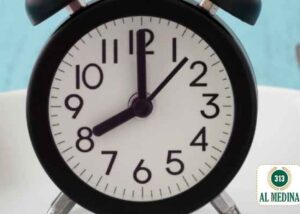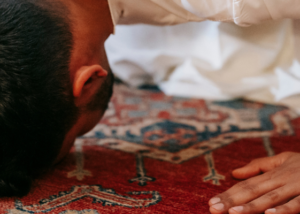Why are Ramadan timetables differing significantly on the end of Suhoor/ beginning of Fajr time?
Quran
Hadith
Islamic Text
Follow 18 degrees for fasting and Fajr start time. This is best because eating beyond 18 degrees jeopardises the validity of the fast. Rather than taking risks with the fasts, it is best to stop eating a little sooner.
وَكُلُوا وَاشْرَبُوا حَتَّى يَتَبَيَّنَ لَكُمُ الْخَيْطُ الْأَبْيَضُ مِنَ الْخَيْطِ الْأَسْوَدِ مِنَ الْفَجْرِ ثُمَّ أَتِمُّوا الصِّيَامَ إِلَى اللَّيْلِ
And eat and drink until the white threat becomes distinct from the black thread at dawn. Then complete your fast until the night. (Surah al-Baqarah, 187).
In the Holy Verse above, we are permitted to keep eating until the break of dawn. Muslim astronomers attempted to make this easier for the Ummah by measuring the degrees at which this natural phenomenon takes place. Many of them stated that it occurs at 18 degrees. Therefore, we should use 18 degrees for fasting and Fajr start time.
The cautious approach is to follow a timetable that uses 18 degrees for fasting and Fajr start time, by refraining from eating before that and praying Fajr significantly after it. You could use more than 18 degrees, for example 19 or 20, which would be even more cautions for fasting. However, using 16 or 13 certainly jeopardises the validity of your fast.
It is dangerous to continue eating after 18 degrees. One really must avoid a 16, 13 or 12 degrees timetables for fasting. Rather 18 degrees for fasting and Fajr start time should be used. Although the more you delay Fajr towards its end time the better it is. So, one stops eating before 18 degrees and waits as much as possible before praying Fajr.
Unfortunately, many Masjids and Islamic institutions are promoting something less than 18 degrees. This is very concerning and jeopardises the fast.
For a more detailed explanation, please read the article in the link below:
Ramadan and Fixed True Dawn (Nuh Ha Mim Kellar) | Moonsighting
– Answered by Shaykh Noorud-deen (05.04.2021)






